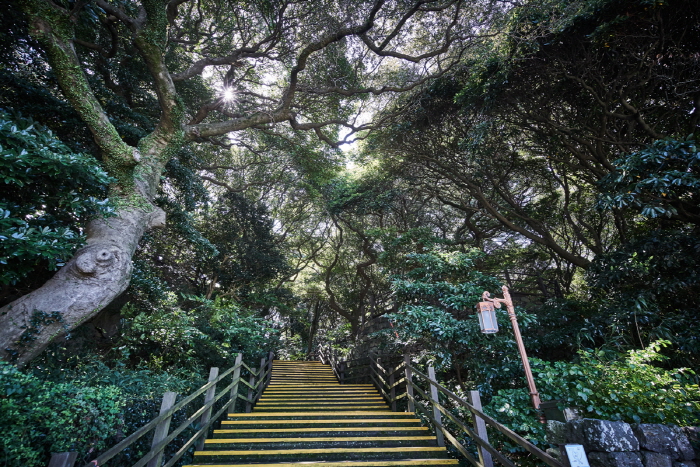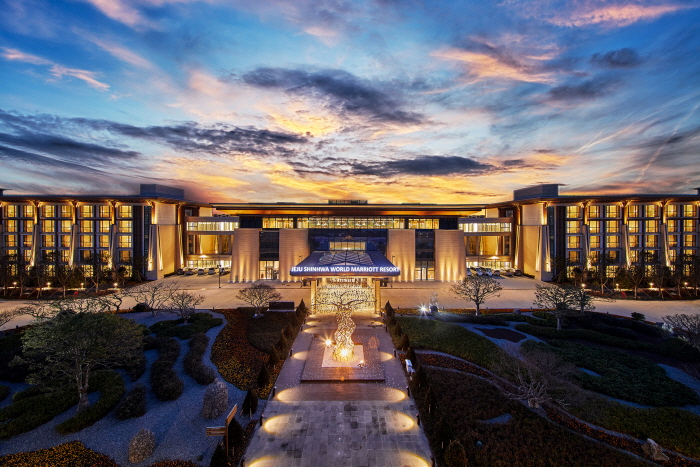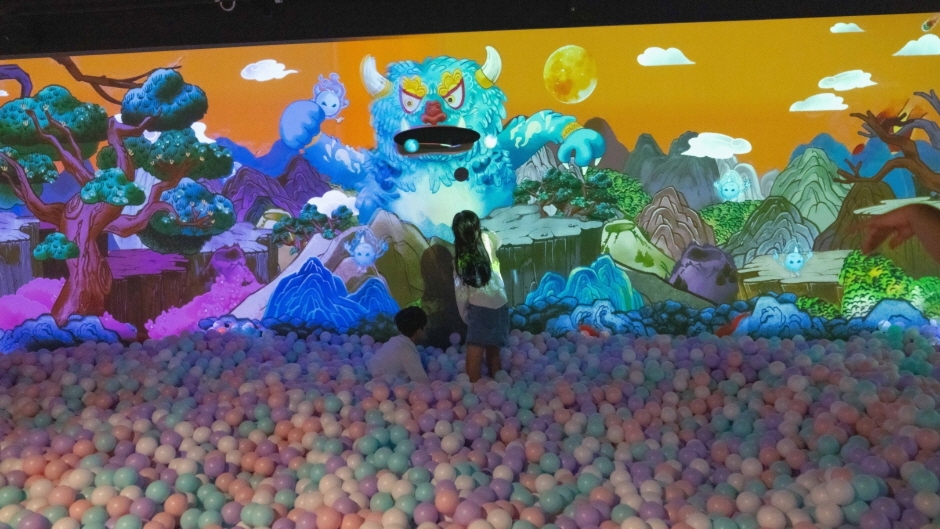Golden Goose - Shinsegae Simon Jeju Outlets Branch [Tax Refund Shop] (골든구스 신세계사이먼 제주아울렛)
7.5Km 2024-06-27
38, Sinhwayeoksa-ro 304beon-gil, Andeok-myeon, Seogwipo-si, Jeju-do
-
Songzio - Shinsegae Simon Jeju Outlets Branch [Tax Refund Shop] (송지오 신세계사이먼 제주아울렛)
7.5Km 2024-06-27
38, Sinhwayeoksa-ro 304beon-gil, Andeok-myeon, Seogwipo-si, Jeju-do
-
Loewe - Shinsegae Simon Jeju Outlets Branch [Tax Refund Shop] (로에베 신세계사이먼 제주아울렛)
7.5Km 2024-06-26
38, Sinhwayeoksa-ro 304beon-gil, Andeok-myeon, Seogwipo-si, Jeju-do
-
S.I.Village - Shinsegae Simon Jeju Outlets Branch [Tax Refund Shop] (S I 빌리지 신세계사이먼 제주아울렛)
7.5Km 2024-06-27
38, Sinhwayeoksa-ro 304beon-gil, Andeok-myeon, Seogwipo-si, Jeju-do
-
Jillstuart - Shinsegae Simon Jeju Outlets Branch [Tax Refund Shop] (질 스튜어트 신세계사이먼 제주아울렛)
7.5Km 2024-06-27
38, Sinhwayeoksa-ro 304beon-gil, Andeok-myeon, Seogwipo-si, Jeju-do
-
maje - Shinsegae Simon Jeju Outlets Branch [Tax Refund Shop] (maje 신세계사이먼 제주아울렛)
7.5Km 2024-06-26
38, Sinhwayeoksa-ro 304beon-gil, Andeok-myeon, Seogwipo-si, Jeju-do
-
Podo Hotel (포도호텔)
7.6Km 2024-06-05
863 Sallongnam-ro, Andeok-myeon, Seogwipo-si, Jeju-do
+82-64-792-5200
Podo Hotel is designed with the motif of Jeju's oreum (parasitic cone) and thatched-roof houses. The hotel aims to create a healing environment, where guests can unwind while looking out at Jeju's pristine nature. Each guest room features natural hot spring water.
Geumsan Park (Nabeup Subtropical Forest Zone) (금산공원 (납읍난대림지대))
7.7Km 2022-12-29
Nabeup-ri, Jeju-si, Jeju-do
+82-64-740-6000
Geumsan Park is a dense evergreen forest near a village in Aeweol-eup, Jeju-si. The forest is the sole evergreen forest remaining in the flatlands of western Jeju, and is home to tall evergreens and 60 species of subtropical plants. The forest is preserved and protected as a Natural Monument and a natural resource for academic research. Collecting plants and hunting in the forest are strictly prohibited.
Jeju Shinhwa World Marriott Resort (메리어트관 제주신화월드 호텔 앤 리조트)
7.8Km 2024-04-02
38 Sinhwayeoksa-ro 304beon-gil, Andeok-myeon, Seogwipo-si, Jeju-do
+82-1670-8800
The Jeju Shinhwa World Marriott Resort, a premier Marriott establishment centrally located within Jeju Shinhwa World, offers 527 guest rooms across its East and West Buildings. With 30% of these being connecting rooms, the resort caters excellently to groups of friends traveling together. The premium rooms and those at higher rates on the 6th floor are especially distinguished by their hinoki wood baths, lending an extra touch of luxury. The resort’s "Mosil" area, inspired by the iconic Seongsan Ilchulbong Tuff Cone of Jeju, features a 25-meter lap pool, complemented by both indoor and outdoor swimming areas, a children's pool and a playground, and an outdoor pool area. Wellness facilities include a spa with seven treatment rooms, a fitness center of practical size, and a sauna, ensuring guests can maintain health and relaxation. Additionally, the resort boasts the Sky on 5 Grill, known for its splendid views, and a sophisticated fine dining restaurant that showcases world-renowned chefs.
Wonder Island (원더아일랜드)
8.0Km 2024-01-24
89 Sinhwayeoksa-ro 304beon-gil, Andeok-myeon, Seogwipo-si, Jeju-do
Wonder Island is the nation's first experience-based media exhibition space, and is located inside Summerset Clubhouse within Shinhwa World. The exhibition hall, geared towards children, is divided into 12 different themes that show Jeju's beautiful nature and animals.
![Golden Goose - Shinsegae Simon Jeju Outlets Branch [Tax Refund Shop] (골든구스 신세계사이먼 제주아울렛)](http://tong.visitkorea.or.kr/cms/resource/54/3313654_image2_1.jpg)
![Songzio - Shinsegae Simon Jeju Outlets Branch [Tax Refund Shop] (송지오 신세계사이먼 제주아울렛)](http://tong.visitkorea.or.kr/cms/resource/65/3313465_image2_1.jpeg)
![Loewe - Shinsegae Simon Jeju Outlets Branch [Tax Refund Shop] (로에베 신세계사이먼 제주아울렛)](http://tong.visitkorea.or.kr/cms/resource/76/3313476_image2_1.jpg)
![S.I.Village - Shinsegae Simon Jeju Outlets Branch [Tax Refund Shop] (S I 빌리지 신세계사이먼 제주아울렛)](http://tong.visitkorea.or.kr/cms/resource/40/3313840_image2_1.jpg)
![Jillstuart - Shinsegae Simon Jeju Outlets Branch [Tax Refund Shop] (질 스튜어트 신세계사이먼 제주아울렛)](http://tong.visitkorea.or.kr/cms/resource/26/3313126_image2_1.jpeg)
![maje - Shinsegae Simon Jeju Outlets Branch [Tax Refund Shop] (maje 신세계사이먼 제주아울렛)](http://tong.visitkorea.or.kr/cms/resource/42/3313042_image2_1.jpeg)




 English
English
 한국어
한국어 日本語
日本語 中文(简体)
中文(简体) Deutsch
Deutsch Français
Français Español
Español Русский
Русский